Cubist triplets
Architect: Josef Chochol
Year of completion: 1913
The largest cubist achievement by architect Chochola became the home of three prominent entrepreneurial families of Prague at that time, and due to its scale, it can resemble a magnificent palace. The cubist three-house complex is also nicknamed the Cubist Triplets, and its facade is adorned with sharp edges and plastic cubist elements that extend to the design of windows and doors. At the beginning of the 20th century, the owners reportedly wished for a more flamboyant façade and therefore, after several years, a relief depicting scenes from Czech legends and myths was added to the facade of the central part. Its authorship is attributed to sculptor Ladislav Křtina.

Rašínovo nábřeží 6–10, 128 00 Praha 2 – Vyšehrad
copied
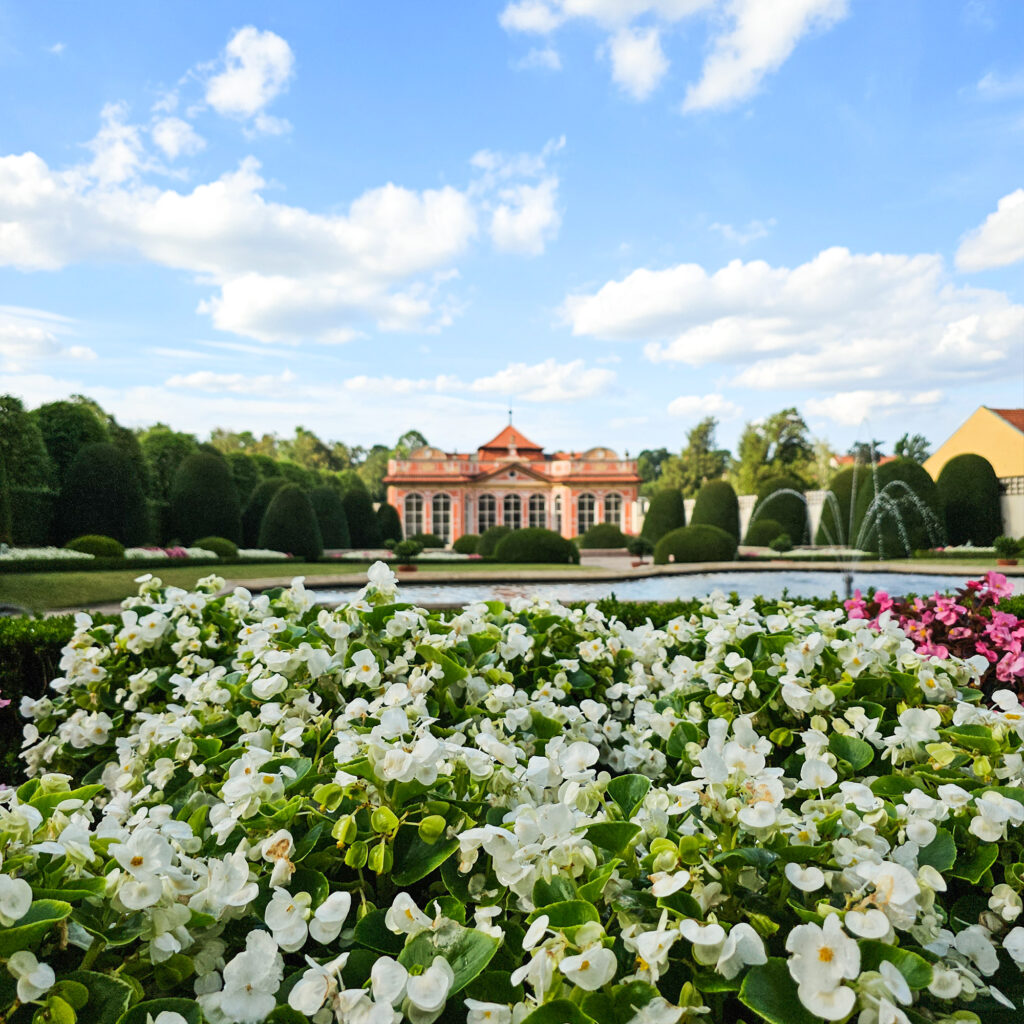
Garden of Černín Palace
The garden of the largest Baroque palace in Prague, the Černín Palace, is the work of prominent Baroque architects such...
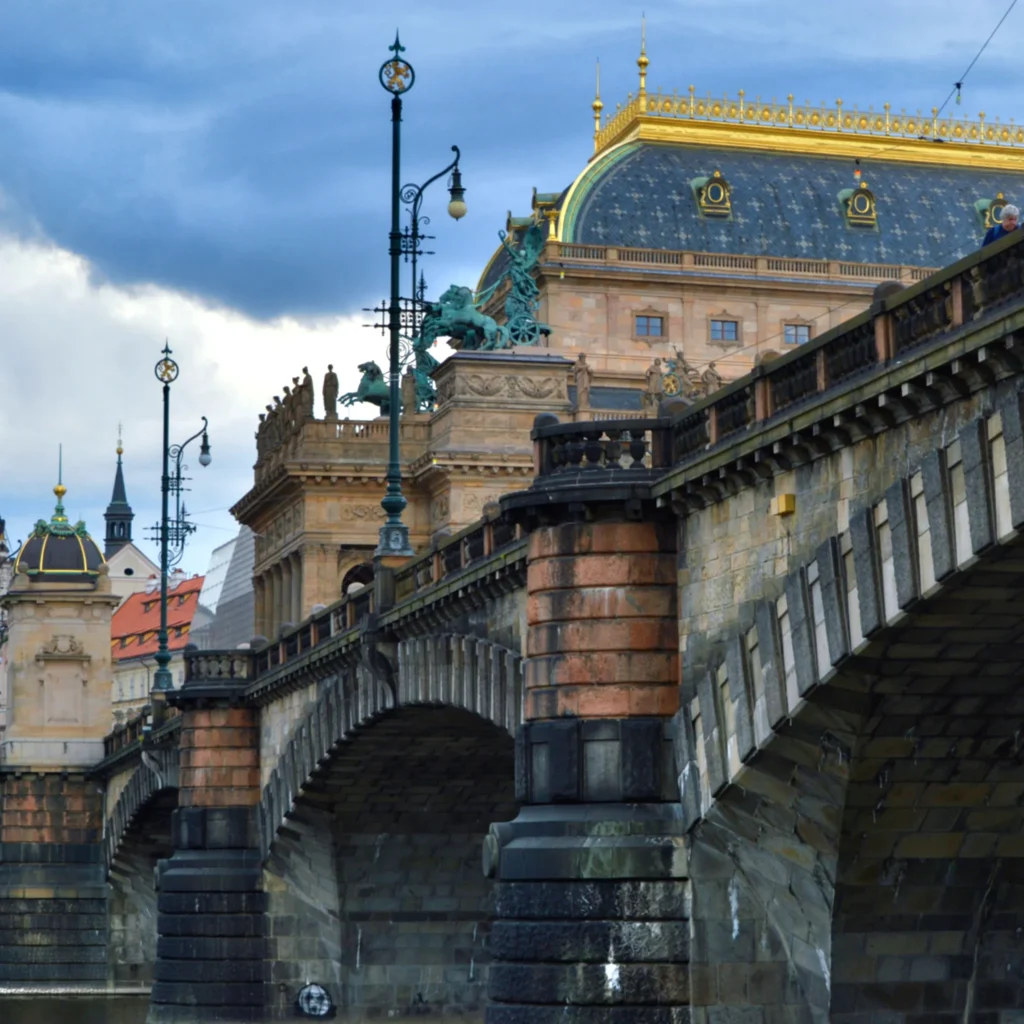
Legion Bridge
One of the few originally preserved bridges in Prague now commemorates the brave deeds of Czechoslovak legionaries, but it was...

Baba colony
Baba colony is a modern villa district from the 1930s. It was an experimental showcase colony designed to demonstrate how...

We Should Have a Talk
What is the role of women in modern Czech society? Should father be the breadwinner and mother be at home...
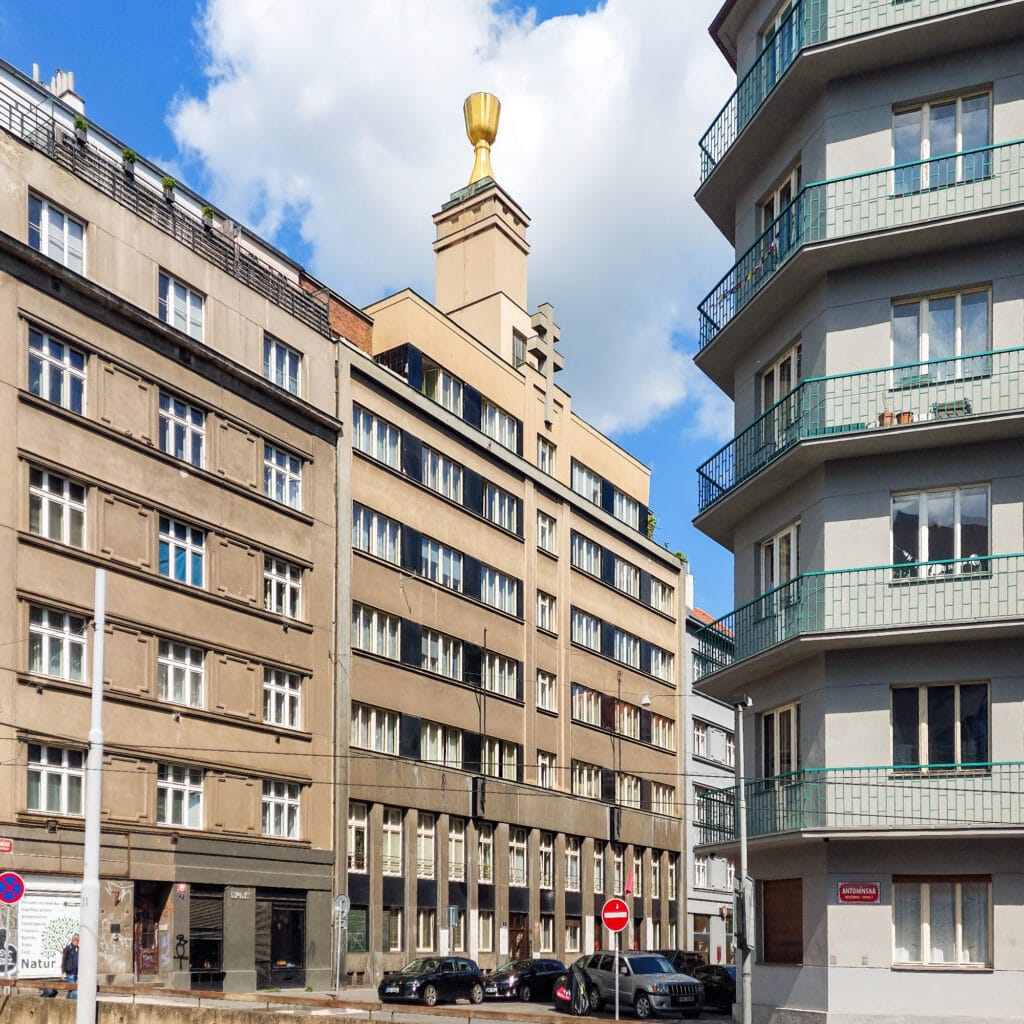
The Church of the Czechoslovak Hussite Church in Holešovice
Architect František Kubelka originally planned a much larger complex on the site of the current Hus Congregation in Holešovice, but...

Teplotechna building
The six-story building with a blue enamel sheet metal facade and green windows in the style of moderate brutalism filled...
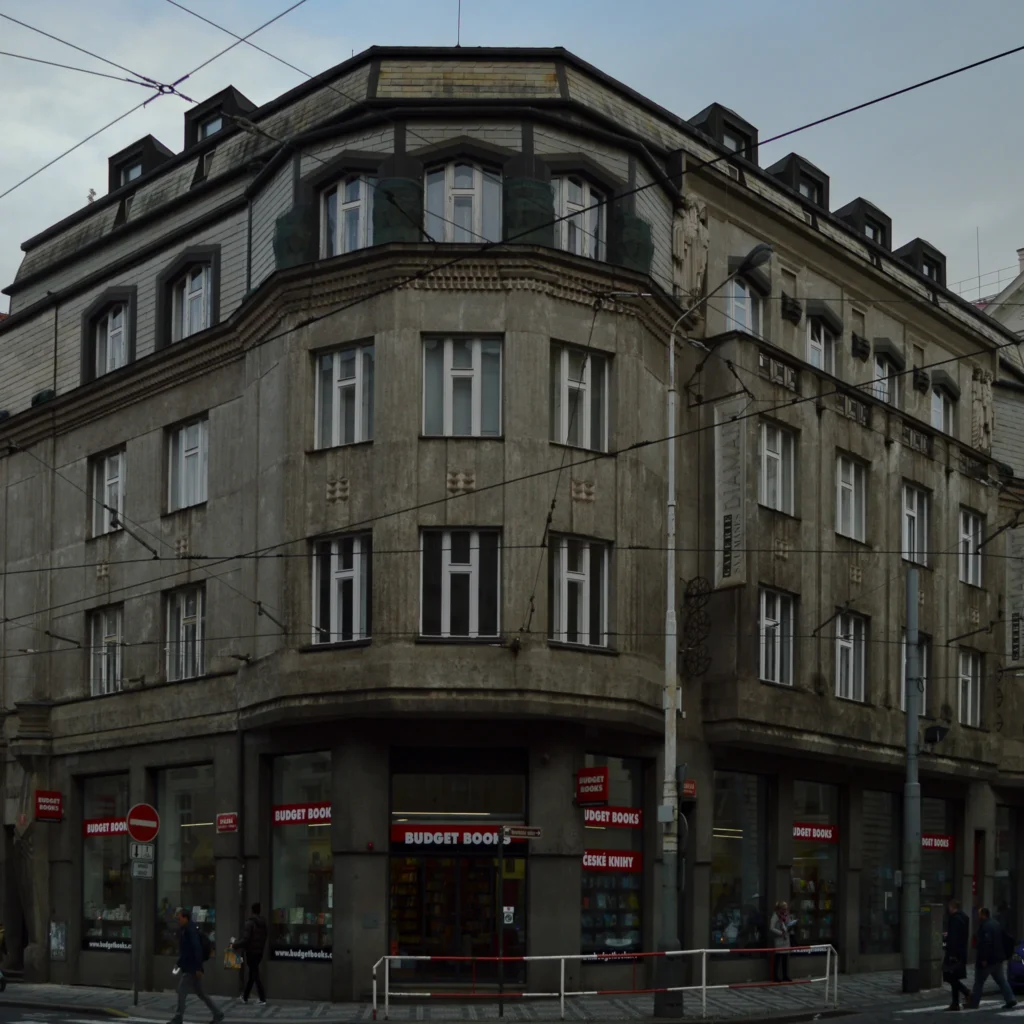
The Diamond house
Originally designed by architect Ohmann, the project envisioned a neoclassical Art Nouveau building. However, during the construction process, Emil Králíček...

The birth house of Karolina Světlá
Karolína Světlá was one of the most famous Czech writers and a significant feminist. In her works, she focused on...
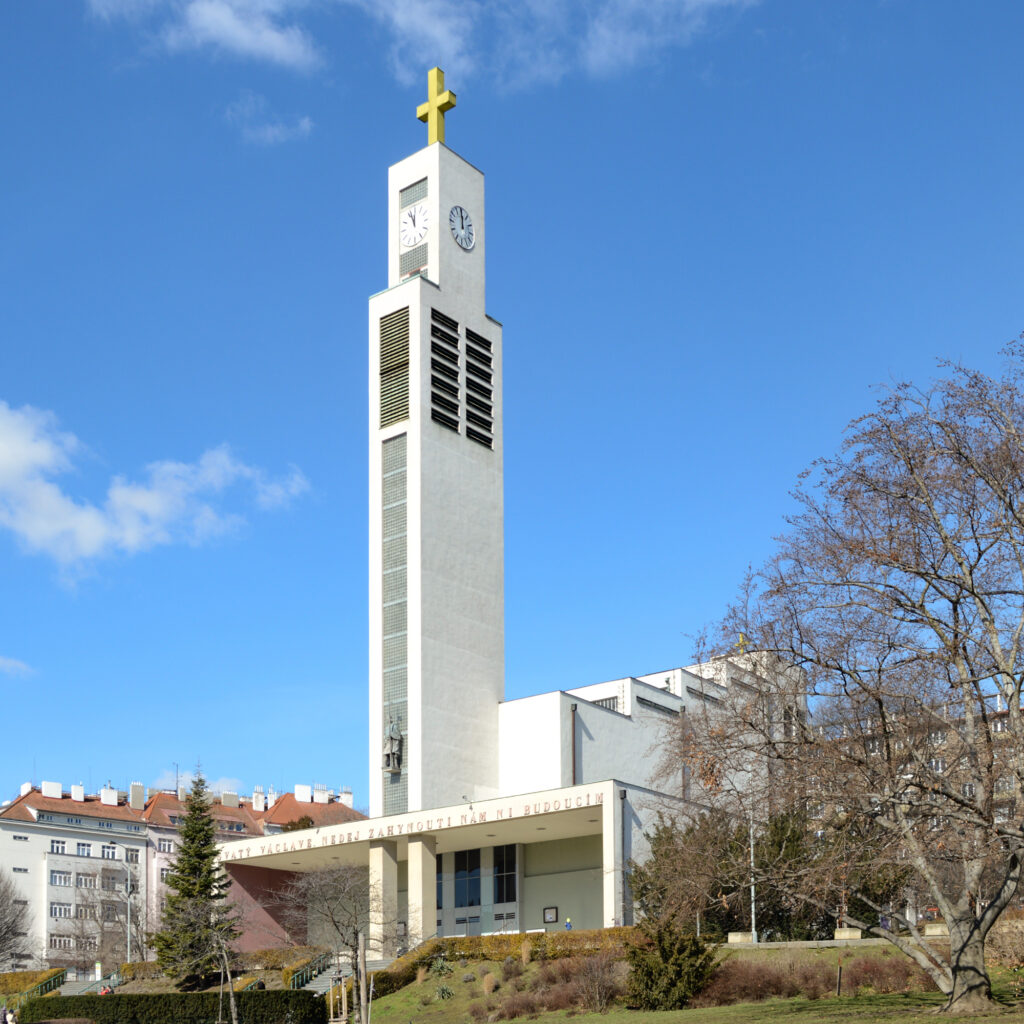
St. Wenceslas church in Vršovice
The design of the Roman Catholic parish church of St. Wenceslas is attributed to the renowned architect Josef Gočár, who...

Pavilon Expo 58
The Czechoslovak Pavilion at the first post-war Expo in 1958 was a true sensation. The Brussels pavilion with its restaurant...